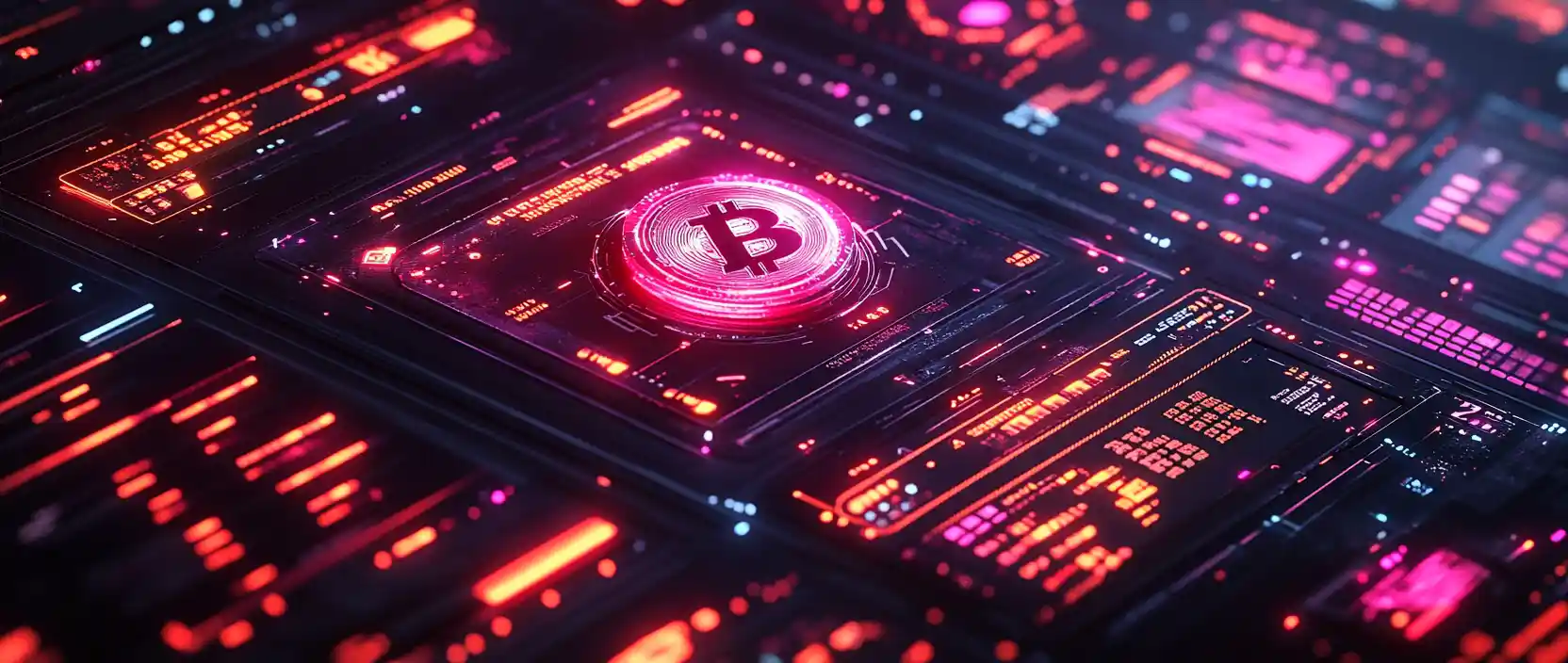Rune Online is opening a new chapter in the development of tokenization on the Bitcoin blockchain. Based on the Runes protocol, this project allows users to create and manage fungible tokens directly on the BTC network — without wraps, bridges, or third-party solutions. It’s not just a technological advancement, but an attempt to provide the community with tools that were previously only available in networks like Ethereum. At its core lies minimalism, scalability, and alignment with the Bitcoin philosophy. Below, we explore the architecture, advantages, ecosystem, and future of Rune Online.
- Runes Protocol Architecture and Its Benefits
- How Rune Online Works: Ecosystem and Use Cases
- Key Advantages of the Runes Protocol
- Runes vs BRC-20 Comparison
- Development Prospects and Challenges

Runes Protocol Architecture and Its Benefits
Rune Online is built on the Runes Protocol, developed by Casey Rodarmor — the creator of the Ordinals protocol. This token standard is based on Bitcoin’s UTXO model and uses the OP_RETURN field to store minimal metadata. The main advantage of this approach is its high efficiency and scalability. Unlike BRC-20, each Rune token can coexist with other tokens and BTC within the same UTXO, significantly reducing blockchain load.
A key feature is its optional nature: the Runes protocol does not interfere with Bitcoin’s functionality, requires no forks, and remains completely optional. Additionally, the architecture supports flexible token management, allowing for burn rules, issuance restrictions, and naming limits (up to 13 characters), which help prevent speculative abuse and improve ecosystem clarity.
How Rune Online Works: Ecosystem and Use Cases
Rune Online is more than a token issuance protocol — it's a complete environment for building Web3 applications on Bitcoin. Its structure provides a solid foundation for services that can compete with solutions previously limited to Ethereum and other smart contract networks. The project is actively developing infrastructure that ensures real-world utility for tokens across various scenarios: trading, gamification, and DeFi.
Key components of the Rune Online ecosystem include:
-
Wallets with Runes support (e.g., Trust Wallet, Hiro Wallet)
-
NFT marketplaces with Rune token support (Magic Eden)
-
DEX protocols and bridges for cross-chain interactions
-
Gaming and DeFi apps built on Runes
-
Asset Runes — tokens backed by real-world assets (e.g., USDC)
This infrastructure makes Rune Online a versatile platform for development — from in-game assets and memecoins to financial tools and tokenized assets. Leveraging the Runes standard allows developers to remain within the Bitcoin ecosystem and avoid the risks of external networks or wrapped assets.
Key Advantages of the Runes Protocol
The Runes protocol offers significant advantages over earlier tokenization solutions within the Bitcoin network. These benefits are central to its appeal for both developers and users.
Key advantages of the Runes Protocol include:
-
Simplicity of architecture: minimalistic approach without complex contracts or inscriptions makes integration easier.
-
Blockspace efficiency: a single UTXO can hold multiple tokens and BTC, reducing network load.
-
Full Bitcoin compatibility: the protocol works within existing infrastructure, requiring no forks.
-
Advanced token controls: supports features like supply limits, burning rules, and more.
-
Scalability: combining tokens and BTC in one output keeps transactions compact and efficient.
-
Growing ecosystem: increasing support from wallets and marketplaces ensures accessibility.
-
Potential integration with Lightning and Taproot: opening new use cases for micropayments and privacy features.
These features position Runes as a strong foundation for creating financial tools, game assets, and Web3 services — all while staying true to the principles and structure of Bitcoin itself.
Runes vs BRC-20 Comparison
To better understand Rune Online's role in the Bitcoin ecosystem, it's important to compare the Runes protocol with the earlier BRC-20 standard. While both aim to add token functionality to Bitcoin, they differ significantly in design, efficiency, and practical use.
BRC-20 was the first attempt at issuing fungible tokens on Bitcoin, using Ordinals and inscription data. Despite its pioneering status, it quickly revealed limitations: network congestion, poor scalability, and cumbersome logic. Runes, by contrast, offer a cleaner, more effective model that fits seamlessly into Bitcoin's UTXO structure. See the comparison below:
| Feature | Runes Protocol | BRC-20 |
|---|---|---|
| Storage model | UTXO + OP_RETURN | Ordinals (inscriptions) |
| Blockchain load | Low | High |
| BTC support in UTXO | Yes | No |
| Token issuance | Single-step process | Multiple inscriptions |
| Scalability | High | Limited |
| Adoption | Rapid growth | Partially adopted |
| Simplicity | Minimalist | Complex logic |
As shown above, Runes outperform BRC-20 in nearly every key metric. With reduced technical barriers, lower transaction costs, and full alignment with Bitcoin’s design philosophy, Runes are increasingly seen as the next-generation token standard for scalable asset issuance.
Development Prospects and Challenges
Rune Online and the Runes protocol have strong potential in the development of Web3 applications, games, and decentralized financial systems. However, the project also faces several challenges:
First, wider liquidity and presence on major centralized exchanges is necessary. Without this, Runes may remain a niche solution. Second, onboarding developers and users takes time — current interfaces and token handling require a learning curve. Lastly, regulatory uncertainty remains: Bitcoin-based tokenization is still in a legal gray area, and future oversight could impose limitations.
Despite these challenges, Rune Online is already fostering a resilient community and showing consistent growth. With its technical foundation and alignment with Bitcoin’s core principles, the Runes protocol may become a cornerstone for Web3 on BTC.




